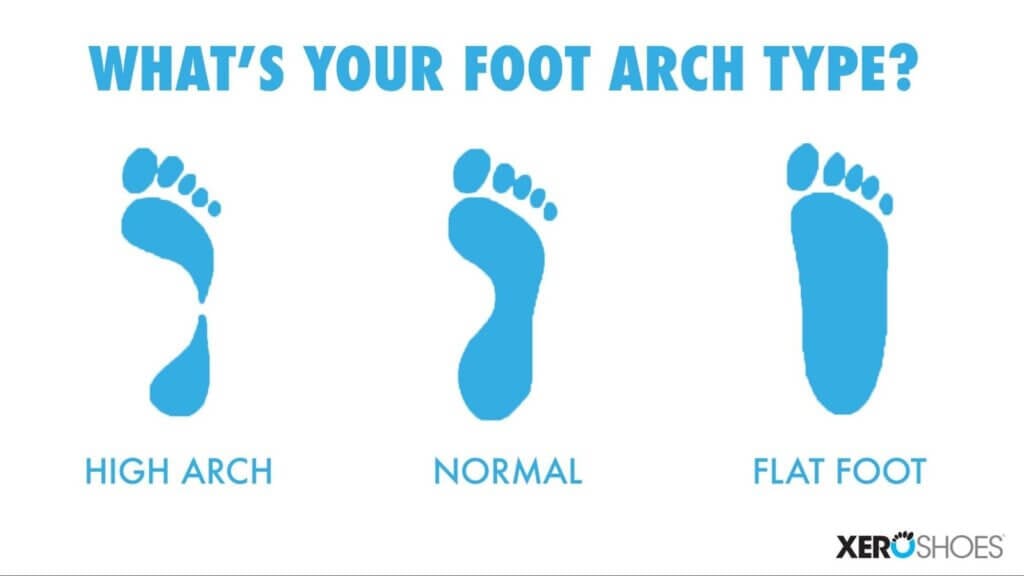Yes, You Can Wear Barefoot Shoes with Flat Feet or High Arches. Here’s Why
Not infrequently, when someone takes a look at my barefoot shoes, they will say:
“I wish I could wear barefoot shoes, but I can’t do that. I need support.”
“Oh?” I’ll respond. “Why do you need support?”
Then something happens that I love. I get one of two seemingly contradictory answers. Either:
- “I have flat feet!”
- “I have high arches!”
They usually add to their proclamation some form of external validation, like, “I’ve seen one of the best podiatrists in the world and he agrees that I need orthotics.”
Oh? Your podiatrist agrees that you need to give him or her an additional $300-1,000? What a shock.
Contrary to what many people believe, high arches and flat feet are not necessarily a problem.
To understand why not, you first need to know a little bit about arches and what can go wrong with them. Then we’ll talk about what the problem really is and why there is usually a better solution than orthotics.
Finally, even if you are going to wear orthotics, barefoot-inspired shoes are a great choice. Keep reading to find out why.
A Quick Look at the Anatomy of Your Feet
Why do our feet have arches, anyway?
If you look carefully at an average foot, you’ll actually see it has 3 arch shapes in both directions – from front to back and side to side.
When people talk about high or low arches, they’re referring to the medial longitudinal arch. It’s the one that runs lengthwise on the inside of each foot.
This flexible arch does two important things. When allowed to function naturally, it can easily handle the impact forces generated each time your foot lands on the ground.
Second, it acts as a spring, which helps to absorb energy on impact and return some of it when you lift your foot again.
Why Do Flat Feet or High Arches Matter?
Frankly, they don’t for the vast majority of people. In fact, a study found that arch height made no difference in pain or function of the foot.
Many people who have a low or high arch will never really notice it.
Obviously, if something is wrong with your arches, there is the potential that they won’t adequately perform those two functions of handling impact and providing spring-like rebound.
For a very small number of people, very low or high arches can interfere with the function of the foot. If you’re in this group, you’re probably already well aware of it.
For most people, again, arches that are higher or lower than average aren’t a problem. We all fall along a continuum of arch height and the shape of our particular feet is mostly a matter of genetics.
The Real Problem and What to Do About It
But maybe you have noticed something about your arches – high or low – and wondered if there is anything you should do.
Most people have heard that they need some support, ranging from specially-designed running shoes to custom-made orthotics. All of these options are expensive; do they provide any benefit?
The evidence suggests they do not.
One study, for instance, looked at groups of children with flat feet for a few weeks and found that adding orthotics made no statistically significant difference.
Here’s the really interesting part. We do have research that flat feet can be improved by exercising the muscles of the foot. (The linked study, by the way, also found that orthotics didn’t help.)
To me, this makes perfect sense. Our feet are a complex combination of muscles, tendons, bones, and ligaments. Strengthening the muscles helps everything to function the way it should.
I’m not a scientist or a podiatrist. But when I look at the research, it seems like the problem for many cases of flat feet isn’t that the foot needs support. That is, the “cure” for the problem is not putting your foot in a cast (which is essentially what an orthotic is), It’s making it stronger by using it in the same way that your bicep gets stronger when you do bicep curls.
Science writer Gina Kolata reports the conclusion reached by Dr. Benno M. Nigg, a scientist who studies orthotics: “The idea that [orthotics] are supposed to correct mechanical-alignment problems does not hold up.”
Are Barefoot Shoes Good for Flat Feet?
Yes, barefoot shoes are good for people with flat feet, allowing feet to move more naturally and strengthen muscles in your feet for improved support.
This is good news for those interested in barefoot-inspired (or “minimalist”) shoes, or even trying barefoot running.
Why?
One benefit of walking or running naturally, the way our ancestors did, with a bit of protection (like you get from barefoot shoes), or even in bare feet, is that you engage the muscles of your foot in a way you don’t in “traditional” shoes. That’s because “normal” shoes have thick soles with lots of support and cushioning that limits the movements of your feet. Stiff arch support inserts limit motion even further.
What happens to muscles that don’t move? They get weaker, as a study of the effects of orthotics on foot muscles demonstrated.
The idea that going barefoot or wearing barefoot shoes helps develop foot strength isn’t speculation. A study by Dr. Sarah Ridge in 2019 found that merely walking in minimalist shoes strengthens foot muscles as much as doing a foot strengthening exercise program. (By the way, Dr. Ridge says you should get the same benefits wearing Xero Shoes as the shoes used in that study.)
Another study confirmed muscle gains with minimalist shoes and also noted increased arch stiffness.
In case some of these terms are new to you: barefoot or minimalist shoes are designed to let your feet move as naturally as possible.
- Unlike a “traditional” shoe, they have thin soles that are flexible and let you safely feel the ground.
- They also have “zero drop” — that is, they don’t slope downhill from heel to toe.
- Finally, a barefoot shoe will have a roomy, foot-shaped toe box to give your toes plenty of room to move.
I need to say it again: I’m not giving you medical advice and you should consult with your doctor about any problems you’re experiencing with your arches, preferably one who understands the research and the value of natural movement.
But I am encouraging you to at least consider the possibility that you can enjoy the freedom and fun of wearing barefoot shoes if you have flat feet — even if you’ve assumed you would always need “comfortable” and “supportive” traditional shoes.
The Best Running Shoes for Orthotics?
But let me just add one more thing. Suppose you are someone who uses orthotics and plans to continue to do so.
I think you are still best off choosing barefoot shoes.
Why?
Look inside all the shoes you have now and note what you see. Each pair will have a different shape; some with more arch support, some with less; some with more slope from front to back, some with less, etc.
Your orthotics are designed to fit your foot while resting upon a level base, but the inside of most shoes is anything but level.
What this means is that every pair of shoes you wear will fit differently, and probably none of them provides a level platform on which your orthotics can rest.
Moreover, as the foam midsole in those shoes breaks down (which it starts doing the moment you begin wearing them), the geometry of the shoe and orthotics will change which could cause structural problems in your feet and legs.
Barefoot shoes have a flat, zero-drop sole that provides the perfect base for your orthotics and no foam midsole that wears out.
So with or without orthotics, barefoot running shoes are a great choice.
My own story
Personally, I had flat feet my whole life. If I stepped out of a pool, my footprint looked like an oval.
After a few months of running and walking barefoot, I noticed I started developing arches!
I ruined all the family jokes about the flippers I had at the end of my legs.
Now, I get out of the water, step on the ground, and you see the outline of a FOOT.
Granted, I don’t have drive-a-bus-under-them arches but, again, that’s genes. All I know is that I haven’t used my expensive shoe inserts since 2009 and my feet haven’t had a problem in all that time.
Ready to try your own pair of barefoot shoes?
Take this quiz to find your perfect pair here.
The content of this post does not constitute and is not intended to be a substitute for professional medical advice, diagnosis or treatment. Always seek the advice of a physician or other qualified health provider with any questions or concerns you may have about your health or a medical condition.







